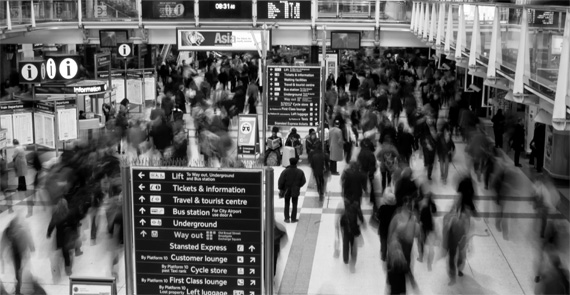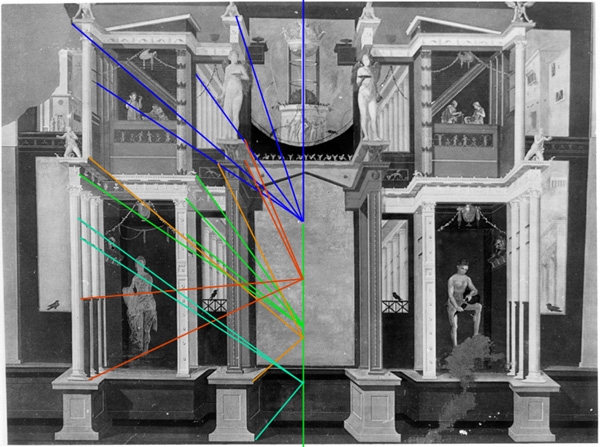When an image is multiplied and placed overlapping itself in different poses or in succession of each other, a sense of motion is conveyed.

Our mind automatically perceives this image and turns it into a moving image of the girl in our mind, rather than just multiple still figures.





